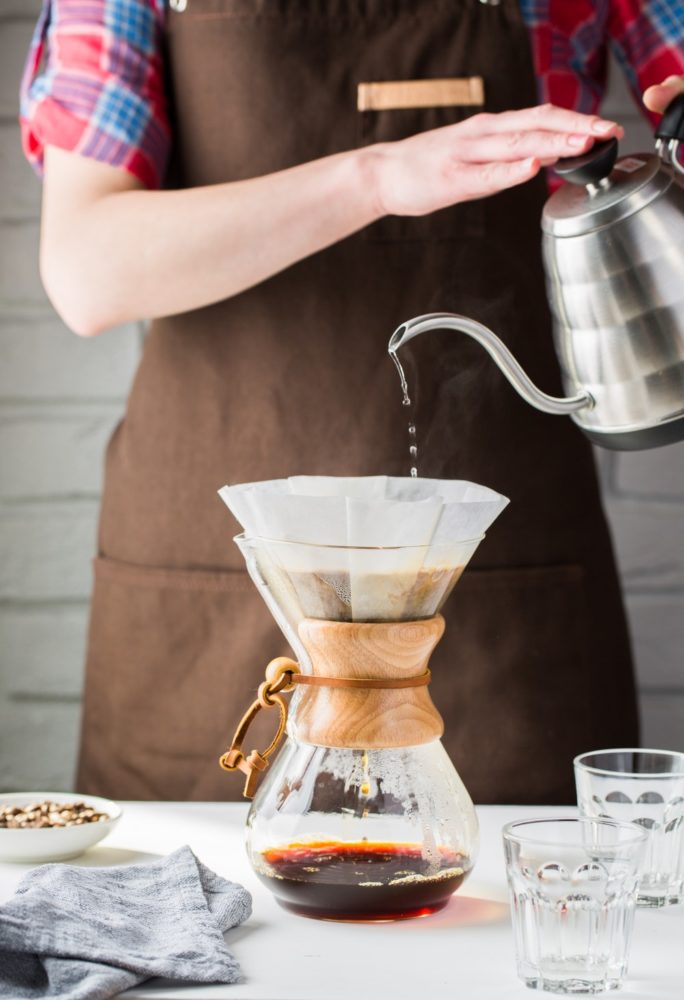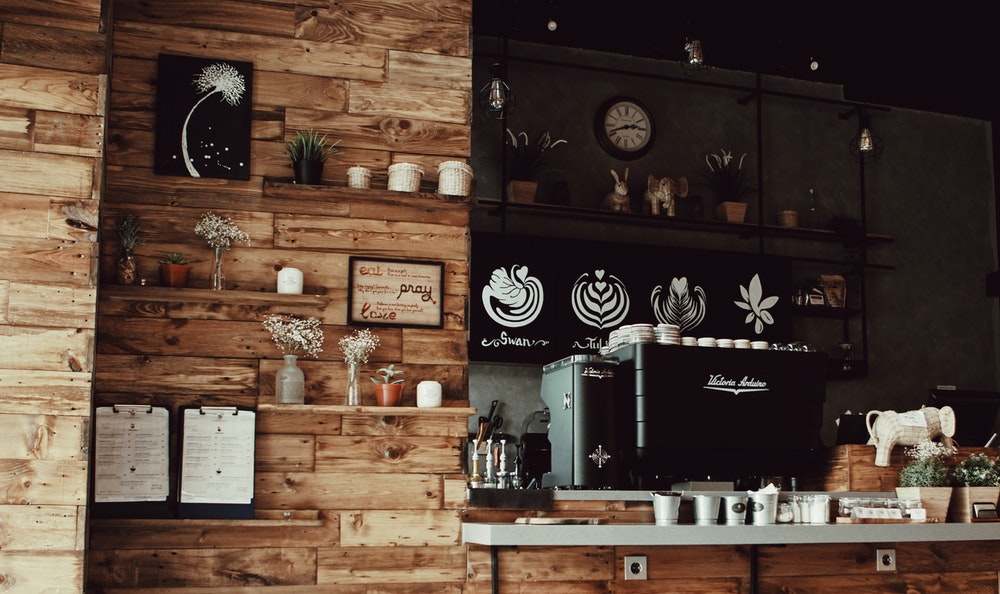If you are a coffee lover, perhaps you always want to experiment with new ways of preparing and enjoying coffee. After trying Turkish style, decaf products, or Irish coffee, it’s time to explore the true coffee culture in Southeast Asia: Vietnamese coffee.
As one of the largest coffee exporters in the world, the country has a variety of tastes and flavours to offer. So, which coffee beans or brands should you use for brewing Vietnamese coffee? This article will give you more information about it.
Overview of coffee production in Vietnam

Before diving into the type of coffee used for Vietnamese coffee, let’s take a look at this special style.
Coffee was first brought to Vietnam by French colonists in the 19th century. This has significantly influenced how the drink is prepared and brewed here. After the economic and political reforms in the 90s, the production of coffee in Vietnam experienced a great boom.
Today, Vietnam is one of the largest coffee producers in the world. It accounts for nearly one-fifth of global coffee exports. But unlike other countries like Ethiopia or Brazil, which produce arabica beans, Vietnam mostly provides robusta beans.
Coffee is mostly grown in the Central Highlands of Vietnam. These regions have perfect conditions, from temperature climates to basalt soil. Therefore, it is easy to understand why Vietnamese coffee has gained widespread popularity over the past decade.
Robusta – the right beans for Vietnamese coffee
If you love Vietnamese coffee and want to brew it in the traditional way, then always go for robusta beans. Compared to arabica counterparts, they are more robust.
The lower levels of fats and sugars, along with higher antioxidants, make them a smoother and bolder brew. Therefore, robusta beans usually bring earthier flavour notes like nuts and chocolate with deeper mouthfeels.
Robusta beans contain a higher level of caffeine, which makes them more disease- and pest-resistant. This allows for higher yields, easier growing conditions, and eventually better prices. High caffeine also means less acidic and more bitter tastes.
However, in case you cannot find robusta beans, arabica coffee can still work. Keep in mind that the taste of Vietnamese coffee is a combination of brewing method and bean type, which also includes the roasting and grinding process.
So, if you are not a perfectionist, it is acceptable to replace robusta with arabica.
French roast beans
Due to influences by the French, Vietnamese coffee is typically brewed with French roast beans. This does not mean the coffee is roasted or grown in France.
Instead, French roast is the name of a roasting style. The beans in this method are typically on the darker tones. They have a dark colour like chocolate, which creates a smoky sweetness or charred taste. That’s why some people often call it “burnt” coffee.
Compared to light roasts, French roast beans are less acidic. More importantly, they are thin in the body, which brings a more watery feel in the mouth than other coffees.
During the roasting process, some special flavours are added to enhance the coffee. These include whiskey, butter, vanilla, chicory, or mocha. Depending on your taste, you can choose from different options to suit the preferences. But make sure the beans should have a medium to dark roast.
Medium coarse coffee grounds
Once you have chosen the right type of coffee beans and roasting level, it’s time to make sure they are ground properly.
Ideally, you should use medium-coarse grounds to make Vietnamese coffee. They should be neither too coarse nor too fine. This can prevent water from draining straight through and grinds from falling through the holes.
Because the Vietnamese coffee maker uses a filter with small holes instead of a paper filter, too fine grind beans could easily fall through and leave a residue at the bottom of the cup. It can also result in over-extraction.
This means that too much flavour has been extracted out of the coffee, making it become unpleasant and overpowering with hollow or bitter tastes.
On the other hand, grinding the beans too coarse cannot allow for a full extraction of flavour. This problem can make coffee salty, acidic, or sour. So, make sure to go for medium-coarse coffee, which looks similar to rough or coarse sand.
If you want to enjoy the best flavour and taste, consider grinding the beans fresh each time you brew. To make everything easier, you can buy pre-ground options to have a consistent result.
In most cases, pre-ground coffee beans can stay fresh for around one a year as long as the producer has vacuum sealed them carefully. Once open, the flavour can stay fresh for around 3 months.
Where to purchase coffee for Vietnamese coffee?

If you are going to visit Vietnam, then it is easy to purchase French roast robusta beans in any grocery stores. There is a variety of brands to choose from, ranging from local and small-sized producers to big and famous companies. Two of the most popular picks are Café Du Mond and Trung Nguyen.
A tip for you: avoid purchasing coffee sold by street vendors. Their offers are cheap, but the beans are not as fresh as other reputable producers.
If you are not in Vietnam, it can be a bit harder to have quick access to the right option. However, there are still many sellers on various e-commerce sites or even coffee shops, which import the beans directly from Vietnam.
You can even purchase coffee beans and then roast and grind them yourself at home. The keywords to remember include “robusta”, “French roast”, and “medium coarse”.
As long as you are in love with Vietnamese coffee, there will be a way to find the right ingredients.
The bottom line
If you are looking to augment your coffee palate, then give Vietnamese coffee a try. This rich, sweet, and bold drink will definitely excite your demanding taste buds anytime during the day. And more importantly, it is simple and quick to brew the beverage at home. All you need are proper coffee beans, a Vietnamese coffee maker, and several other simple ingredients.